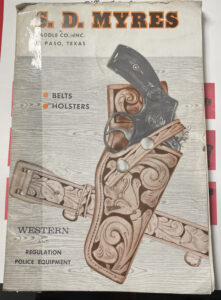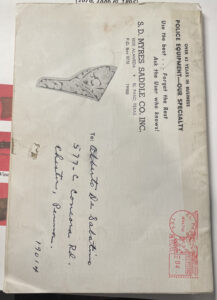Technically, National Buy a Gun Day is tomorrow, not today. Even better, tomorrow is a Saturday, so your gun shopping should be unobstructed.
However, I anticipate it being a busy weekend: Mike the Musicologist and I are planning to go to Kerrville tomorrow for the gun show, followed by Lawrence’s and my annual birthday dinner. So I’m posting today instead, because I don’t think I’ll have time otherwise.
Do I have my eye on anything in particular? Not really this year: I’m still waiting for my special order gun to show up, and I actually have two guns on layaway at my local gun shop, so I’m not much in the market right now. But gun shows are targets of opportunity, and you never know what might show up…
And some random gun crankery for you from The Firearm Blog:
Henry Repeating Arms, who is pretty famous for making modern lever-action rifles, is branching out. Now they’ve gotten into the revolver market. Doesn’t turn my crank, but if you own a Henry lever gun, you might like one of these as a companion side piece.
And Hi-Point’s introduced a new carbine…in .30 Super Carry. This seems weird, and not just because it is Hi-Point. .30 Super Carry, as I understand it, was designed more as a pistol cartridge, I’d be interested in seeing what it does out of a carbine, but not really interested enough to buy one.
(This is not me sneering at Hi-Point. I don’t find their guns attractive, but they are reasonably priced and work. The guys at Tex-Guns always used to say they’d sold “hundreds” of Hi-Points, and only had one or two come back needing work.)
And, yes, I know I owe everyone another gun/gun book post or two. I’m trying to work on it, but the weather and scheduling has not been cooperative. Soon…
Edited to add: If you aren’t busy on Sunday, though, and live in Austin, there’s a free “Stop the Bleed” course being offered. Details at the link.





